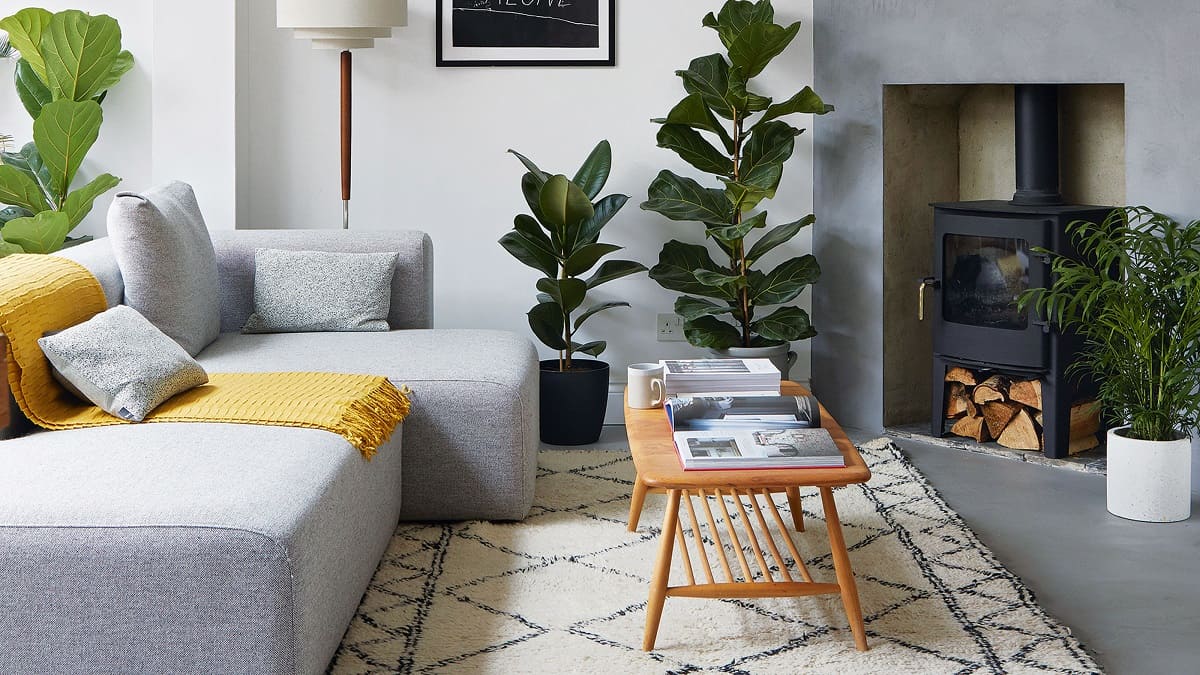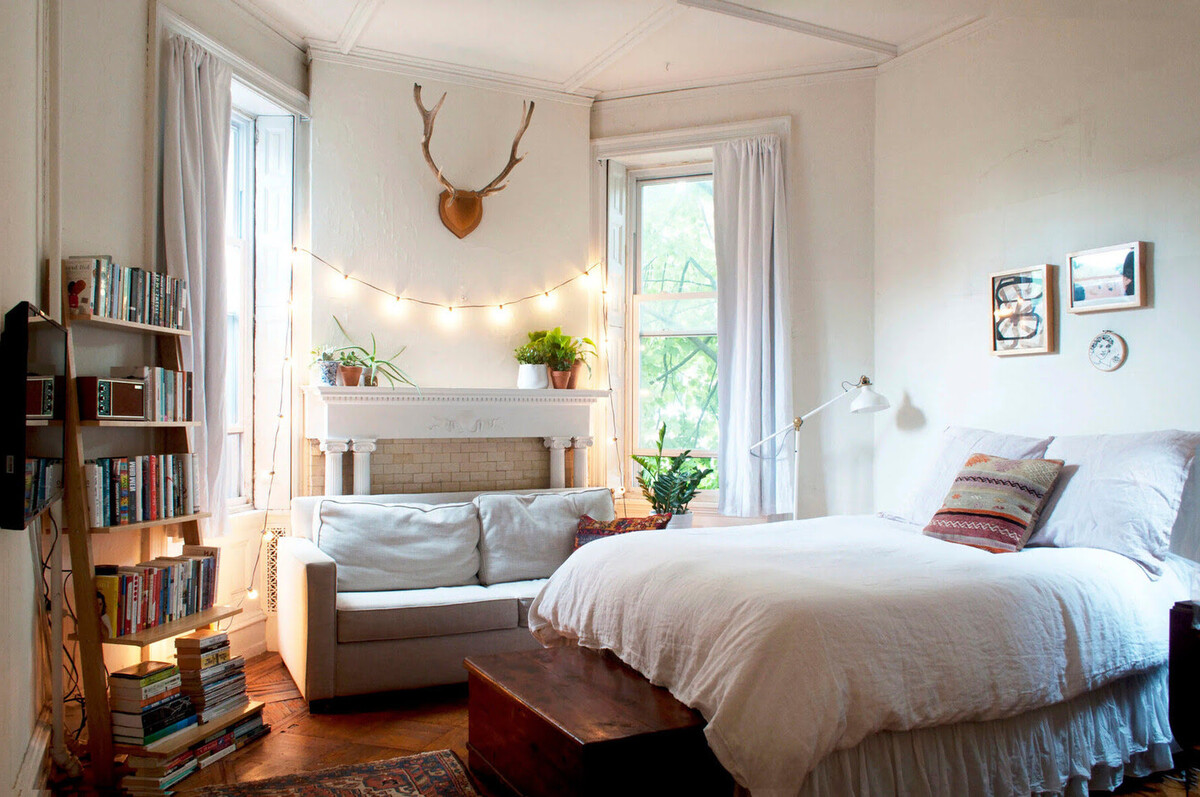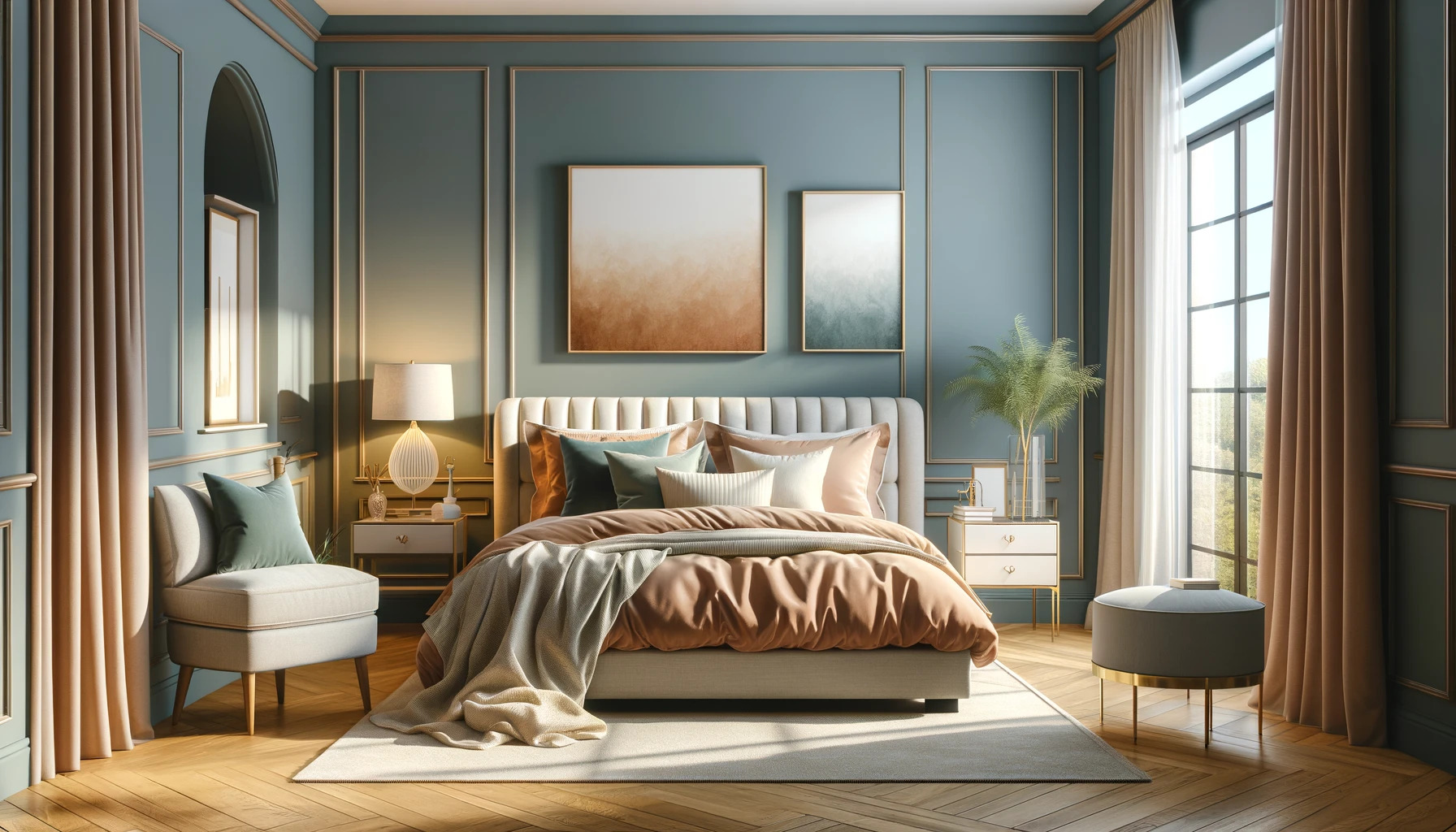Home>Furniture & Design>Interior Design Trends>How To Avoid Too Much Matching In Home Decor


Interior Design Trends
How To Avoid Too Much Matching In Home Decor
Modified: January 5, 2024
Discover how to steer clear of excessive matching in home decor with the latest interior design trends. Create a harmonious space with diverse elements and styles. Elevate your home's aesthetic today!
(Many of the links in this article redirect to a specific reviewed product. Your purchase of these products through affiliate links helps to generate commission for Storables.com, at no extra cost. Learn more)
Introduction
When it comes to decorating your home, it’s easy to fall into the trap of matching everything perfectly. While cohesion is essential in interior design, too much matching can lead to a lack of visual interest and personality. It’s important to strike a balance between coordination and creativity to avoid a monotonous and uninspired living space. In this article, we’ll explore the pitfalls of too much matching in home decor and provide tips on how to embrace contrast, variety, and individuality to create a more dynamic and visually appealing environment.
Let’s delve into the world of interior design and discover how to elevate your home decor by breaking free from the constraints of excessive matching.
Key Takeaways:
- Embrace contrast and variety in home decor to avoid a boring, matchy-matchy look. Mix different colors, textures, and shapes for a dynamic and engaging living space.
- Incorporate statement pieces and balance colors and materials to add personality and flair to your home decor. Break free from too much matching and celebrate your unique style.
Read more: How To Match Pink In Your Home Decor
Understanding the Pitfalls of Too Much Matching
While it may seem intuitive to coordinate every element of your home decor to achieve a cohesive look, an overemphasis on matching can stifle creativity and result in a lackluster space. When every piece of furniture, accessory, and textile in a room perfectly complements one another, the overall effect can be predictable and uninspiring. Too much matching can create a sense of uniformity that diminishes the visual appeal and character of a room, making it feel sterile and impersonal.
Furthermore, an excessive focus on matching can limit the potential for visual interest and depth in your decor. Without contrast and variety, a room can appear flat and one-dimensional. It’s important to remember that a well-designed space should reflect your personality and evoke a sense of warmth and individuality. Embracing diversity in your decor can breathe life into your home and create a more inviting and captivating atmosphere.
By understanding the drawbacks of too much matching, you can begin to explore alternative approaches to home decor that celebrate uniqueness and creativity. In the following sections, we’ll delve into strategies for introducing contrast, mixing patterns and textures, and incorporating statement pieces to break free from the constraints of excessive matching and infuse your home with personality and charm.
Embracing Contrast and Variety
One of the most effective ways to avoid the pitfalls of too much matching in home decor is to embrace contrast and variety. Contrast adds visual interest and depth to a room, creating a dynamic and engaging environment. By juxtaposing elements that differ in color, texture, shape, or style, you can infuse your space with a sense of vitality and character.
When introducing contrast, consider pairing light and dark tones to create a striking visual impact. For example, juxtaposing a dark, upholstered sofa against a light, textured rug can instantly elevate the aesthetic appeal of a living room. Similarly, mixing smooth, glossy surfaces with rough, matte finishes can add tactile interest and dimension to your decor.
Variety is equally essential in enlivening a space. Avoid the temptation to match every piece of furniture or decor item. Instead, incorporate diverse elements that reflect your personal style and interests. Introduce a mix of materials, such as wood, metal, glass, and fabric, to add richness and complexity to your decor. Incorporating a variety of shapes, from geometric to organic, can also contribute to a more visually stimulating environment.
By embracing contrast and variety, you can break free from the constraints of too much matching and create a home that is brimming with personality and visual intrigue. In the next section, we’ll explore the art of mixing patterns and textures to further enhance the character of your living spaces.
Mixing Patterns and Textures
Introducing a diverse range of patterns and textures is a powerful strategy for steering clear of excessive matching in home decor. Mixing patterns adds a layer of complexity and visual stimulation to a room, while incorporating various textures contributes to a tactile richness that elevates the overall sensory experience.
When combining patterns, consider the scale and style of each motif to ensure a harmonious blend. Experiment with a mix of geometric, floral, and abstract patterns in complementary colors to create a cohesive yet captivating aesthetic. For instance, pairing a bold, geometric area rug with subtly patterned throw pillows can inject energy and personality into a space without overwhelming the senses.
Textures play a crucial role in enhancing the tactile appeal of a room. Incorporate a variety of textures, such as smooth leather, plush velvet, rough-hewn wood, and nubby textiles, to create a multi-dimensional and inviting atmosphere. Layering different textures through upholstery, drapery, and decor accents can add depth and warmth to your living spaces, making them more visually compelling and inviting.
By skillfully mixing patterns and textures, you can break free from the confines of too much matching and infuse your home with a sense of individuality and charm. In the following section, we’ll delve into the concept of incorporating statement pieces to further enliven your decor and express your unique style.
Mix different patterns, textures, and colors to create visual interest and avoid too much matching in home decor. For example, pair a floral print with a geometric pattern or a velvet fabric with a woven texture.
Incorporating Statement Pieces
Introducing statement pieces into your home decor is a surefire way to avoid the monotony of too much matching and infuse your living spaces with personality and flair. A statement piece is a bold, eye-catching element that serves as a focal point in a room, commanding attention and adding a touch of drama and individuality to the space.
When selecting a statement piece, consider items that reflect your personal style and make a strong visual impact. This could be a striking piece of artwork, a sculptural light fixture, an intricately designed accent chair, or a vibrant, patterned area rug. The key is to choose something that resonates with you on a deeper level and adds a unique, personal touch to your home.
By incorporating a statement piece, you can introduce an element of surprise and intrigue into your decor, breaking away from the constraints of too much matching. The presence of a standout item can enliven a room and serve as a conversation starter, inviting guests to admire and appreciate your individuality and creativity.
Furthermore, a well-chosen statement piece can act as a unifying element in a space, tying together disparate elements and adding cohesiveness to your decor. Whether it’s a bold piece of wall art that complements your color scheme or a distinctive furniture item that anchors the room, a statement piece has the power to elevate the overall aesthetic of your home.
By incorporating statement pieces that reflect your personality and style, you can break free from the monotony of too much matching and create a home that is as unique and vibrant as you are. In the next section, we’ll explore the importance of balancing colors and materials to further enhance the visual appeal of your living spaces.
Read more: How Much Insulation Is Too Much
Balancing Colors and Materials
Creating a well-balanced color palette and incorporating a diverse range of materials are essential strategies for avoiding the pitfalls of too much matching in home decor. A thoughtful approach to color and material selection can add depth, visual interest, and a sense of harmony to your living spaces, elevating the overall aesthetic appeal.
When it comes to color, aim to strike a balance between cohesive coordination and captivating contrast. Select a primary color scheme as a foundation for your decor, and then introduce accent hues to add pops of interest and vitality. For example, if your primary palette consists of soothing neutrals, consider incorporating vibrant accent colors through throw pillows, artwork, or decorative accessories to enliven the space without overwhelming it with uniformity.
Furthermore, don’t shy away from experimenting with unexpected color combinations to infuse your decor with energy and individuality. Embrace complementary or analogous color schemes to create a visually dynamic environment that transcends the constraints of too much matching.
Materials play a pivotal role in adding richness and tactile appeal to your decor. Introduce a variety of materials, such as natural wood, sleek metal, sumptuous fabrics, and tactile ceramics, to create a multi-dimensional and inviting atmosphere. Mixing materials not only adds visual interest but also enhances the sensory experience, making your living spaces more engaging and dynamic.
By balancing colors and materials, you can break free from the monotony of too much matching and create a home that is visually captivating and brimming with personality. In the next section, we’ll summarize the key strategies for avoiding excessive matching in home decor and celebrate the unique character of your living spaces.
Conclusion
Embracing contrast, variety, and individuality is the key to avoiding the pitfalls of too much matching in home decor. By breaking free from the constraints of excessive coordination and uniformity, you can create living spaces that are dynamic, visually captivating, and reflective of your unique style and personality.
Introducing contrast and variety into your decor adds depth and visual interest, creating a more engaging and lively environment. Whether through juxtaposing light and dark tones, mixing diverse patterns and textures, or incorporating statement pieces, these strategies can breathe life into your home and elevate its aesthetic appeal.
Furthermore, balancing colors and materials allows you to infuse your decor with richness and harmony, transcending the boundaries of too much matching and celebrating the diversity of your living spaces. By skillfully combining colors, experimenting with unexpected palettes, and incorporating a diverse range of materials, you can create a visually dynamic and inviting home that reflects your individuality and creativity.
Ultimately, the goal of home decor is to create a space that nurtures and inspires, evoking a sense of comfort and delight. By embracing contrast, variety, and the unique elements that resonate with you, you can transform your home into a haven that is as distinctive and vibrant as you are.
So, as you embark on your decorating journey, remember to celebrate the beauty of diversity, the power of individuality, and the joy of creating a home that is truly your own.
Frequently Asked Questions about How To Avoid Too Much Matching In Home Decor
Was this page helpful?
At Storables.com, we guarantee accurate and reliable information. Our content, validated by Expert Board Contributors, is crafted following stringent Editorial Policies. We're committed to providing you with well-researched, expert-backed insights for all your informational needs.















0 thoughts on “How To Avoid Too Much Matching In Home Decor”